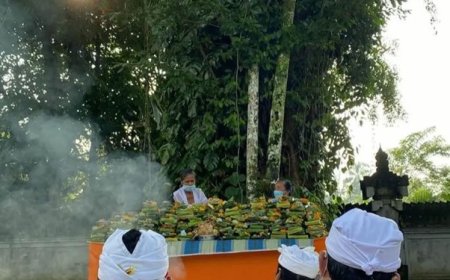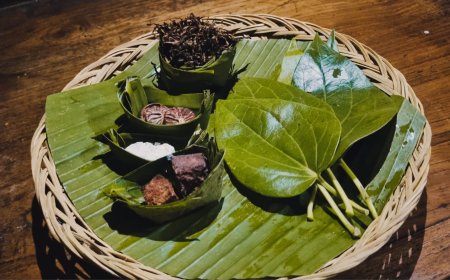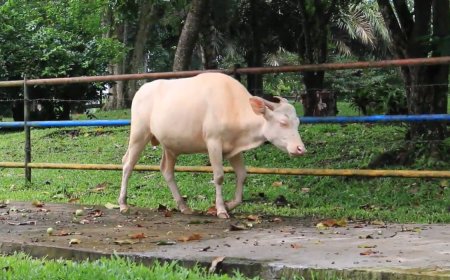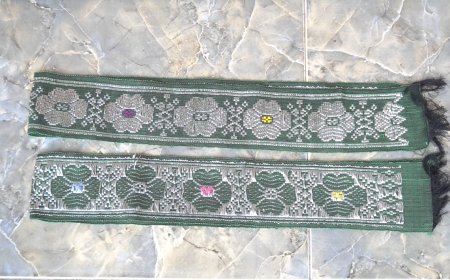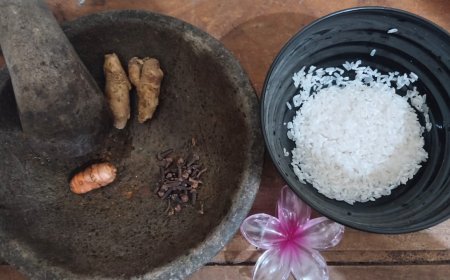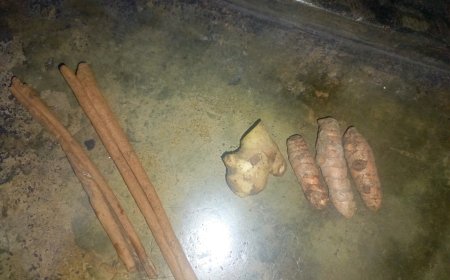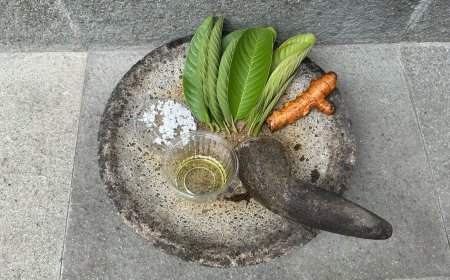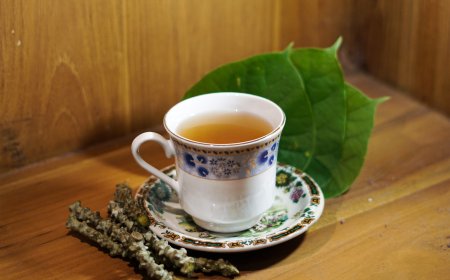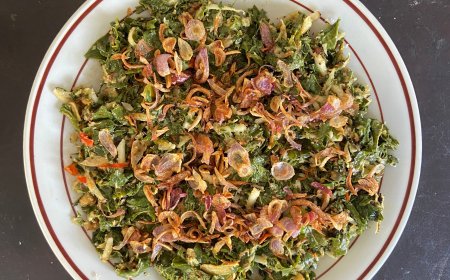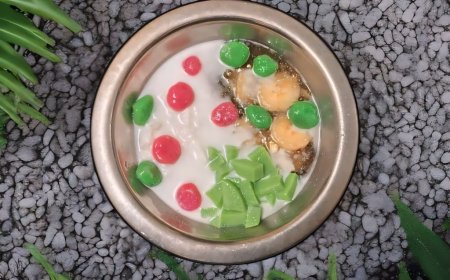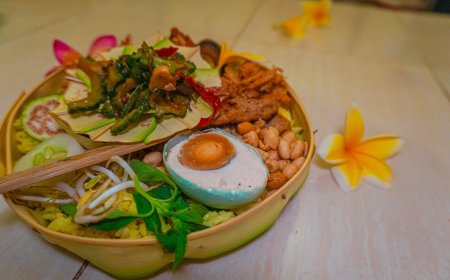Tape Ketan: The Delightful Fermented Treat as an Offering on Galungan Day
Bali is home to a rich variety of appetizing culinary delights. Among these diverse culinary treasures, there is a traditional dish that is typically present during major Hindu religious celebrations, particularly Galungan Day. Tape Ketan often appears in every Galungan celebration, not merely as a snack, but as an offering used by the Balinese community.
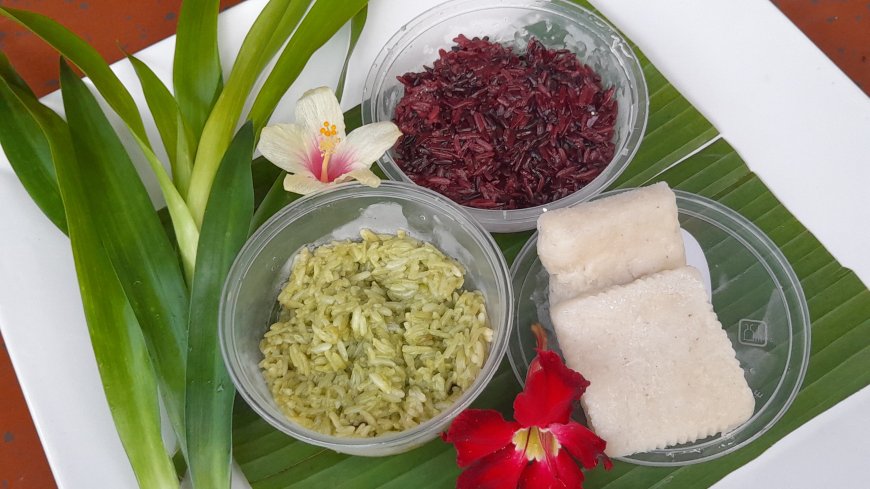
Tape Ketan, or also known as Tapai Ketan, is a fermented snack made from glutinous rice with yeast that gives it a sweet taste. In Indonesia, we often encounter tape products, though most commonly sold is Tape Singkong (cassava tape) rather than Tape Ketan. This Tape Ketan has a soft, moist texture and a distinctive alcoholic aroma. Despite its unique alcoholic scent, Tape Ketan offers numerous health benefits, such as improving digestion. However, it’s advisable not to consume it excessively.
The process of making Tape Ketan, a traditional fermented sticky rice treat, is simple yet requires a bit patience. Creating Tape Ketan Hijau can be done at home with minimal ingredients and tools. This delicacy is known for its slighty swet, tangy flavor and soft, sticky texture. Here are the steps to make Tape Ketan Hijau at home:
- Wash the rice thoroughly, then drain.
- Clean suji or pandan leaves, grind them with water to get a natural green color. After grinding, strain the water to remove leaf residue.
- Soak the glutinous rice in the prepared water, then drain. Steam the rice until half-cooked, about 15-20 minutes.
- Remove the rice from the steamer. Spread the steamed rice in a container and let it cool completely.
- Take a small amount of steamed rice and place it in a container lined with cleaned banana leaves.
- Sprinkle a mixture of yeast and sugar gradually. Repeat this process tightly, placing the container in a cool, shaded area.
- Seal the container tightly and store it in a cool, shaded place.
- Wait for 2-3 days, then the Tape Ketan will be ready to serve.
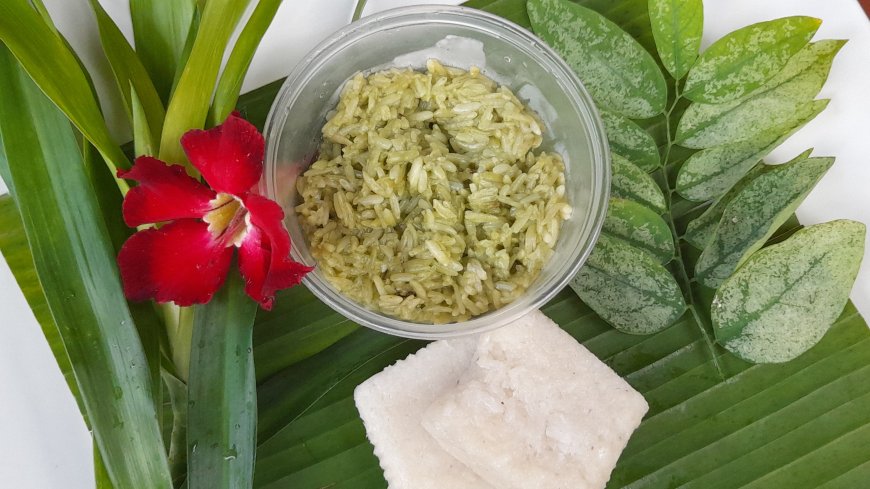
Tape Ketan Hijau (Photo Source: Private Collection)
In Bali, Tape Ketan comes in a variety of colors, including Tape Ketan Injin (black glutinous rice) and Tape Ketan Hijau. The green version is safe to consume because it uses natural ingredients, such as suji or pandan leaves, for coloring. In Bali, people often enjoy Tape Ketan with Jaje Uli, a snack made from rice flour and glutinous rice mixed and pounded together, then wrapped in corn husks.
The proces of making Tape Ketan Hitam is much easier compared to making Tape Ketan Hijau. This is because making Tape Ketan Hitam does bot require natural coloring, as it only uses black glutinous rice. Here is the process of making Tape Ketan Hitam.
- Wash the rice thoroughly, then drain. Soak the glutinous rice in clean water, then drain.
- Steam the rice until half-cooked, about 15-20 minutes.
- Remove the rice from the steamer.
- Spread the steamed rice in a container and let it cool completely.
- Take a small amount of steamed rice and place it in a container lined with cleaned banana leaves.
- Sprinkle a mixture of yeast and sugar gradually.
- Repeat this process tightly, placing the container in a cool, shaded area.
- Seal the container tightly and store it in a cool, shaded place.
- Wait for 2-3 days, then the Tape Ketan will be ready to serve.
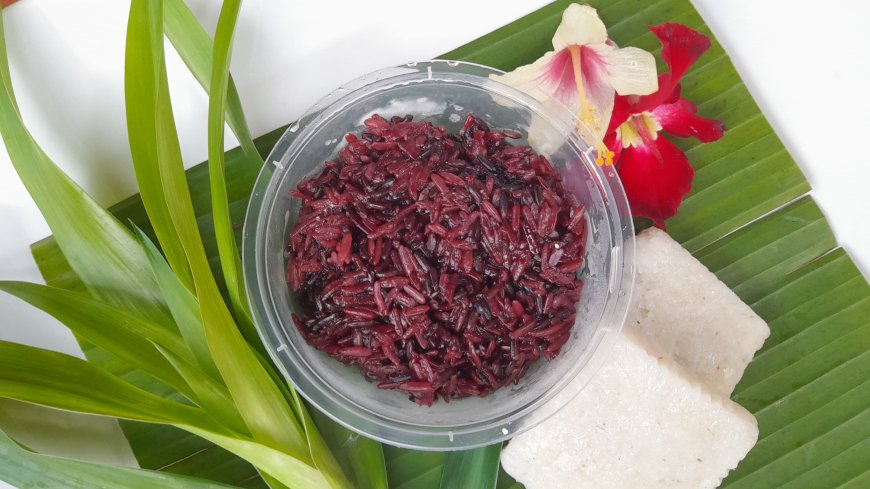
Tape Ketan Hitam (Photo Source: Private Collection)
In Balinese culture, Tape Ketan holds a role beyond just being a culinary item. It’s seen as an offering filled with spiritual significance, prepared with sincerity and respect. On Penyekeban Day, three days before Galungan, Balinese families begin the careful fermentation of Tape Ketan, a tradition passed down for generations. This fermentation process is believed to impart positive energy into the tape, making it not only a food item but a sacred symbol that brings blessings to the family. The presence of Tape Ketan in Galungan offerings is a form of gratitude to ancestors, maintaining a spiritual balance between humanity and the universe.
Apart from its role in rituals, Tape Ketan also brings Balinese families together during Galungan celebrations. After the ceremonies, Tape Ketan becomes a unique dish enjoyed at the dining table, accompanied by Jaje Uli, adding a special touch. The distinctively sweet and refreshing taste of Tape Ketan brings joy, strengthening family bonds, especially for those who rarely gather on ordinary days. Galungan not only celebrates the triumph of dharma but also reinforces family ties and preserves cultural values that enrich Balinese life.
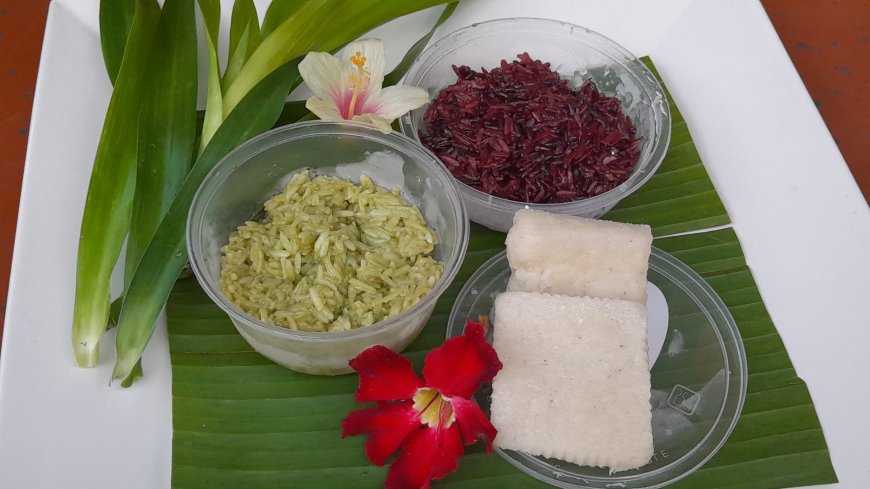
Tape Ketan and Jaja Uli Dishes (Photo Source: Private Collection)
Tape Ketan is more than just a snack enjoyed during Galungan, it symbolizes the bond between people, tradition, and nature preserved over generations. In each family, younger generations are taught the process of making Tape Ketan by their elders as part of preserving tradition. This way, Tape Ketan not only enhances togetherness during festive occasions but also strengthens Balinese cultural values.
Behind its uniqueness, Tape Ketan holds deep philosophical menaing for the Balinese people. Its Presence in every religious ceremony symbolizes an offering and respect for the ancestors. The fermentation process in making Tape Ketan, which requires patience and care, reflects a harmonious relationship between humans and nature. In Balinese tradition, the balance between humans, nature, dan God, known as Tri Hita Karana, is also refleted in culinary practices like Tape Ketan. Through its preparation and presentation, these spiritual vlaues can be continually passed down and lived.
Tape Ketan is also regarded as a form of local wisdom passed down through generations. Amid modernization and changing times, Balinese people still uphold traditional methods in making tape ketan, from ingredients to the preparation process. Values like simplicity, cooperation, and respect for tradition are embedded in each step, making Tape Ketan not only a special dish but also a means of teaching younger generations the importance of preserving Balinese cultural heritage.












